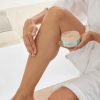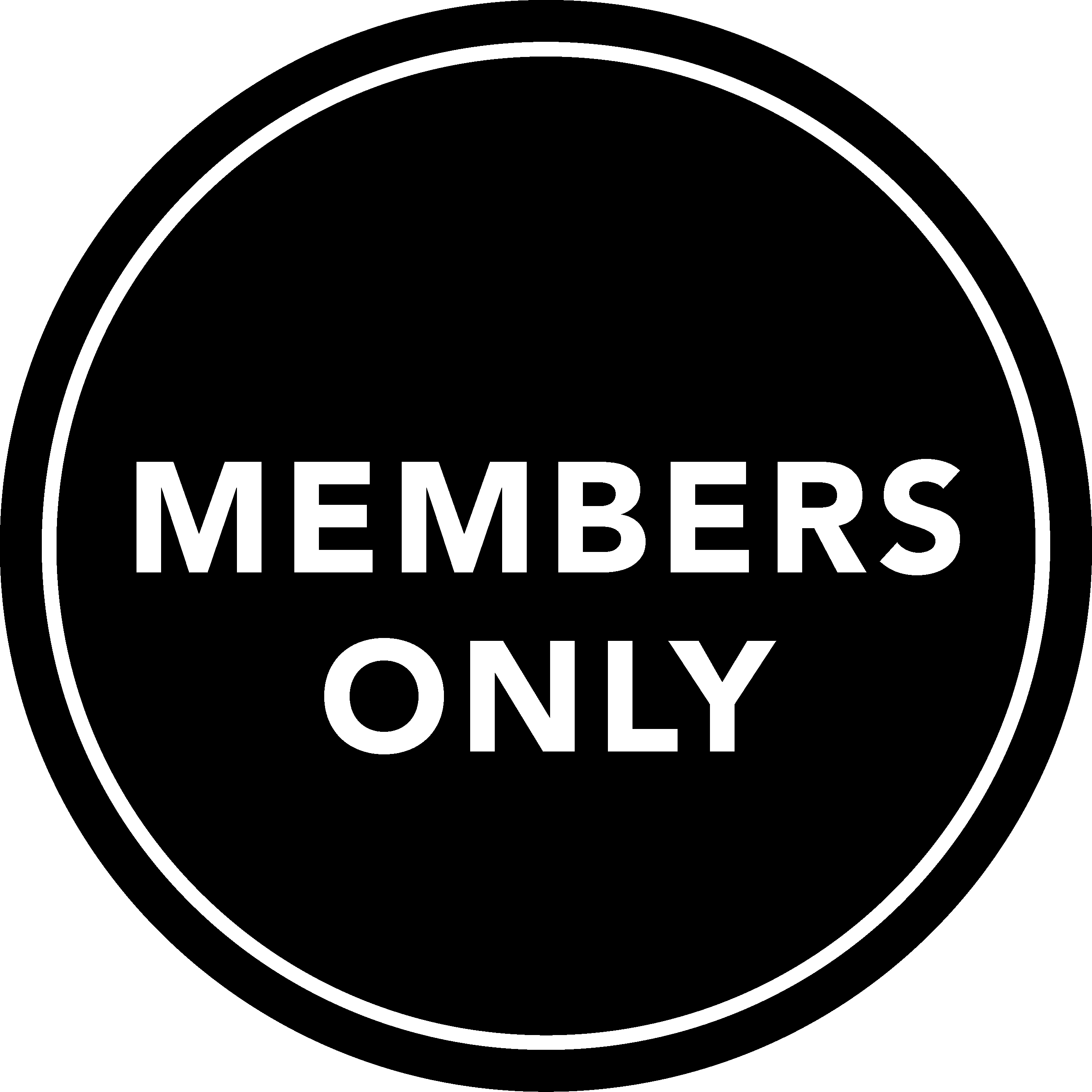
SUMMER 2019 EDITOR’S BOX PARTNER
In the corner of your gym, tucked somewhere in between the water fountain and kettlebells, you’ll probably find a stack of various foam rollers. But what do you actually do with these strange-looking cylinders, and how do you know if you’re using the “right” one?
To save your muscles, we brought in some professionals to fill us in on all things foam rollers.
What foam rollers do
“During a workout, the combination of energy provided by your body and the breakdown of muscle fibers produces a substance known as lactic acid that can lead to prolonged recovery time and intense soreness,” says Jackie Vick, a Gold’s Gym certified personal trainer and GOLD’S AMP coach. Foam rollers, depending on the type, can help the body get lactic acid out of the muscles, decrease soreness, alleviate tension, and even provide a little massage. Raleigh-based certified personal trainer Olo Onuma adds, “This process of rolling out tight muscles and relieving tension is also called myofascial release.”
Types of foam rollers
According to Vick, foam rollers are broken down into three main categories. First, is the basic foam roller. This type of medium-large foam roller is designed for basic rolling that doesn’t focus on any one body part and can help reduce soreness and relieve stiffness. Spiked foam rollers, on the other hand, are funky looking rollers that can tackle large muscle groups like the back, legs, and glutes, according to Vick. The spikes help get into deeper muscles to break down lactic acid. Our favorite option? The Soothe by Apana Full Body Massager. Lastly, is the hand roller, which is held in your hand and rolled over your legs and glutes, according to Vick. The pressure is easily variable based on how hard you push.
Choosing the density
“Softer foam rollers help to reduce muscle spasms, tightness, and soreness in your upper back, neck, shoulders, and groin,” explains Carin Lenox, a prehab fitness expert. “Hard foam rollers are great for helping with balance problems by releasing aching feet. However, using hard foam rollers to massage certain parts like [the] IT band, lower back, or spine can damage nerve cells, making things a whole lot worse.”
Foam rolling for beginners
If you’re just starting out, try foam rollers at your local gym to see what you like. “Generally the basic foam rollers will do what you need,” offers Vick. “However, I suggest buying a hand roller for those tight spaces that need extra love. Tiffany Humeld, founder of Peace Love & Wine says, “If you are working along the inner thighs, hips, groin, [or] armpits, make sure to use very light pressure to avoid injury to major arteries, blood vessels, and lymph nodes in those areas. Ask your doctor before rolling.” If you’re still not sure where to start, check out FabFitFunTV for a variety of foam rolling techniques!
Not just for athletes
“Healthcare professionals and trainers have long known about the foam roller’s benefits for physical therapy patients and elite athletes, but experts are just recently learning how valuable they can be for everyone else,” says Onuma. “Whether you’re looking to massage sore muscles or use the roller in an exercise routine, it can provide you with a number of health benefits.”
xx, The FabFitFun Team
Psst! Have you signed up for FabFitFun yet? Don’t miss out on $200+ in amazing beauty, fitness, fashion, and lifestyle products, access to exclusive fitness and cooking content on FabFitFunTV, members-only sales, and more. Use code SUNFUN at checkout for 10% off your first box. #yourewelcome
To get the most out of your box products, make sure to check out the Insider page.




